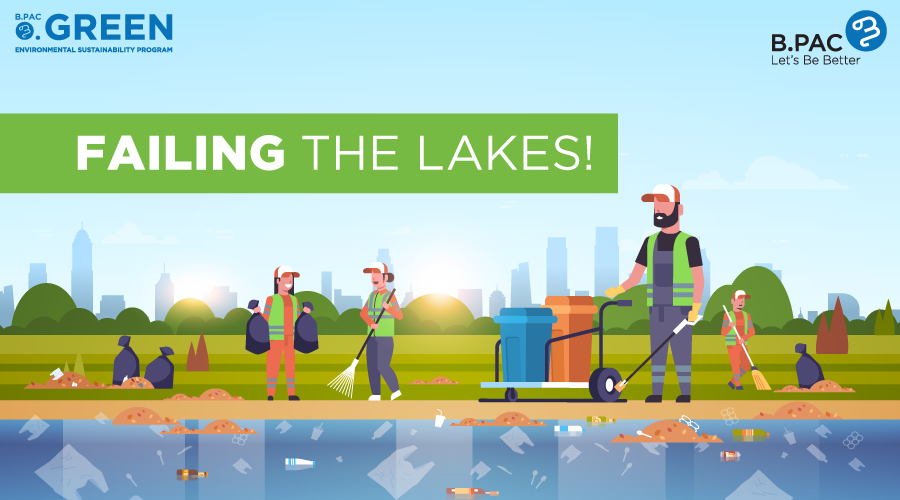In the transportation context, mobility refers to the movement of people.
In the 1970’s and 80’s, it was common to hear people ask, “Are you mobile?” or “How mobile are you?” This invariably implied, “Do you have a set of wheels to take you where you need to go?” The reference was invariably to motorised transport, whether 2 wheels or 4. Throughout the last century, in the lay context, “mobility” generally meant being able to move freely with a personal mode of motorised transport, on the streets of a city, to reach whichever destination one desired to get to.
In transportation planning, mobility by and large refers to the time and cost of travel through a transportation system. It implies the ease of access through the transportation system. The higher the mobility, the lower is the time and cost of travel. So cost and time of travel are indicators of the mobility in a city.
Today, in transportation planning, we have a relatively new term called Active Mobility, and its related Active Transportation.
Active transport refers to those modes of transport that use a person’s own energy to propel it forward. This therefore includes such “modes” of transport such as skateboards, roller skates, roller blades, kick scooters (the type little children use), electric scooters and hoverboards in addition to walking & cycling. Wheelchairs and motorised wheelchairs are also included in this list. These are also referred to as Personal Mobility Devices (PMDs)
These are now seen as such an integral part of urban transport that many forward thinking cities have already developed rules and regulations for active mobility and the use of active transport, which essentially refers to the shared use of pathways – footpaths, cycle paths and other shared corridors of movement. The objective is to ensure the safety of all users of the roads and paths of a city. Many cities also have positions in their Planning Authorities called Active Transport Planners, in order to retrofit their cities for these personal mobility modes or devices
Unfortunately, in India, we still associate “mobility” with the ability to move in a motorised mode of transport, and this is still generally personal motorised transport. We are still trying to accommodate larger and larger volumes of vehicular traffic at enormous cost both to the environment and the people. But at the end of the day, even motorised transport is unable to actually effectively get anywhere, the pedestrian is still ignored in the planning process, the cyclist has no place in the network, and the number of accidents continues to sky rocket.
In Bengaluru’s context, whatever mode of transport you choose to use, mobility is severely hampered. The cost and time of travel by cars and two- wheelers is enormous. Buses and cars have a mutually restraining relationship with regard to operating speeds, and time of travel by buses is much higher than reasonable. Pedestrians are at high risk all the time, with no safe walking environment – the footpaths are all death traps, with gaping holes where slabs are missing over drains, or slabs placed lop-sided and uneven, in addition to electric wires hanging all over the place. In regard to road based transport, there is entirely no reliability in the system, the delays are enormous and cannot be anticipated in any adequacy, and the time lost is enormous. And as for PMDs – they continue to be viewed as children’s playthings.
Has anyone actually studied the cost of this lack of mobility in Bengaluru? This is not merely the cost of infrastructure. This also includes
- The cost of cumulative man-hours lost crawling or waiting in traffic
- The cost of fuel wasted in low speeds
- The cost of fuel lost in wasteful mileage travelled
- The enormous cost of accidents – loss of lives, maimed children and adults
- Impact on environmental pollution
- Impact in health: Asthma and other respiratory diseases are on the rise in Bangalore, and stress has become an accepted part of “mobility” in the urban context. Its worst manifestation is in road rage
- Cost of health care
- Impact on children exposed to traffic
The costs are already enormous, and are slated to rise exponentially if nothing is done –and very soon.
In every sense, Bengaluru is severely mobility impaired, as however you wish to define the term “reasonable”, the travel time in Bengaluru is unreasonable.





